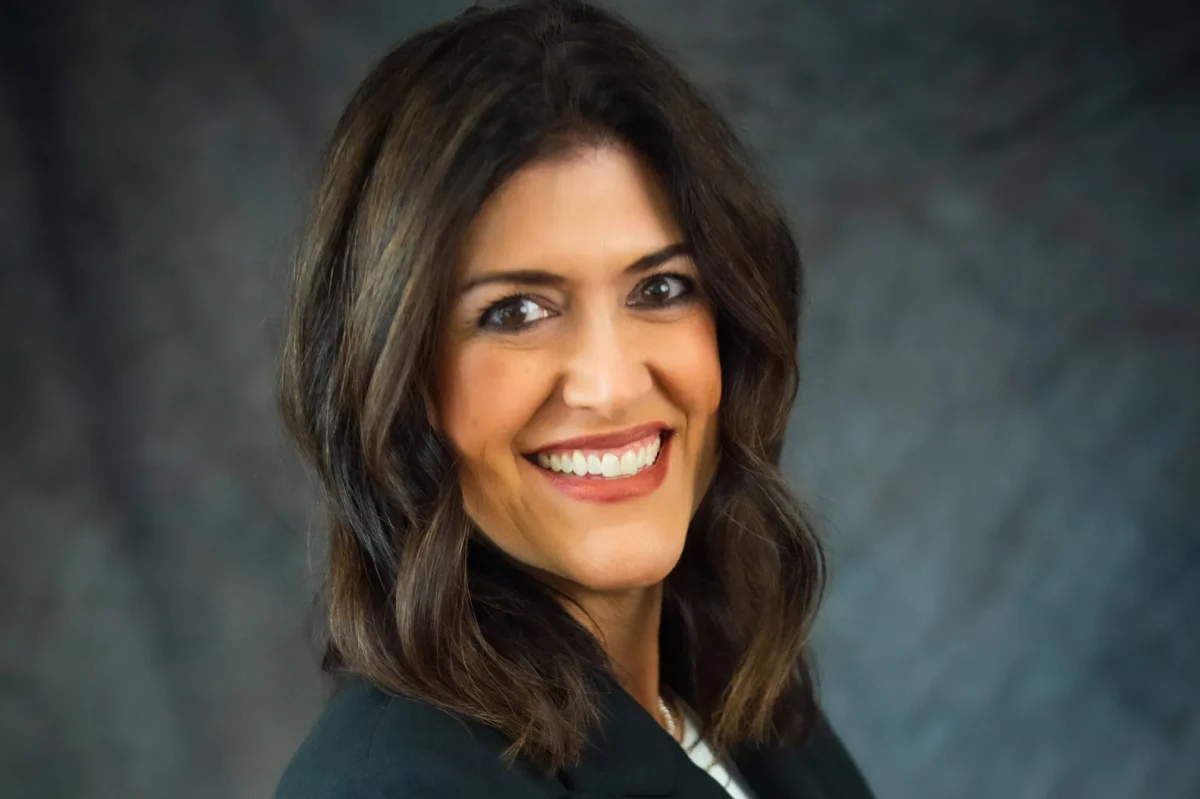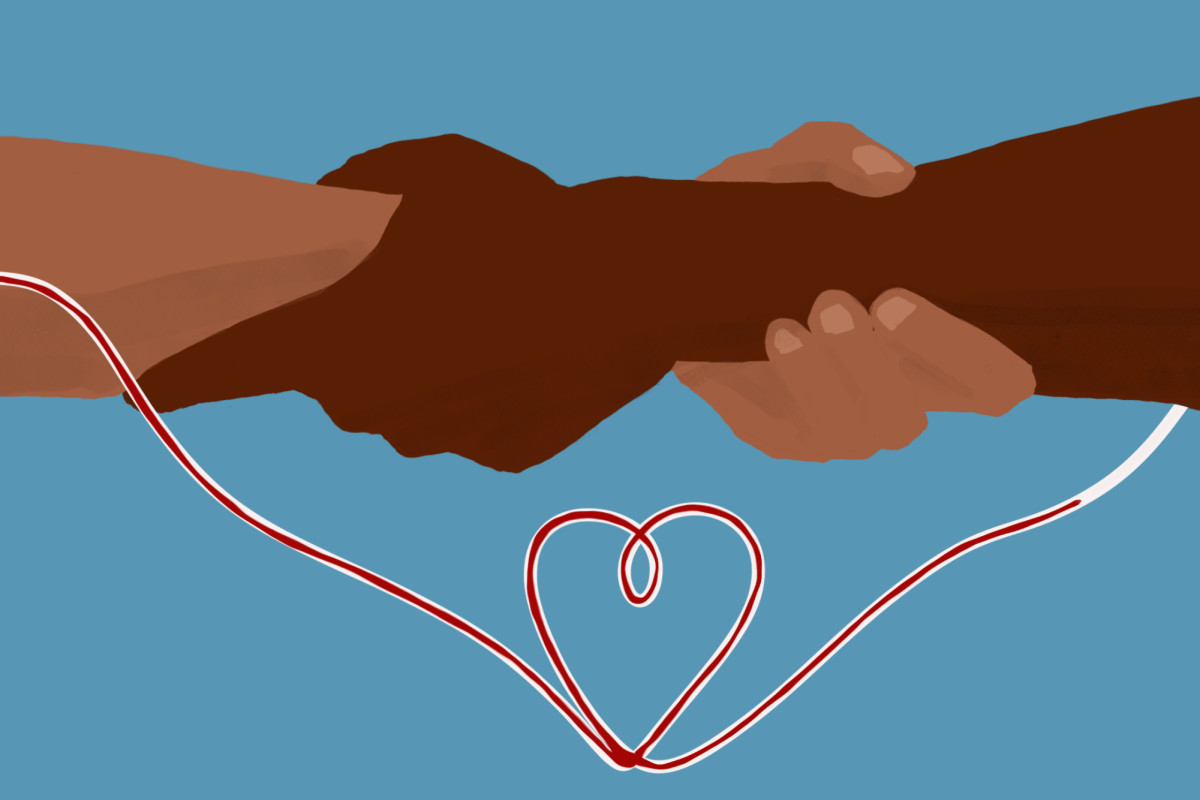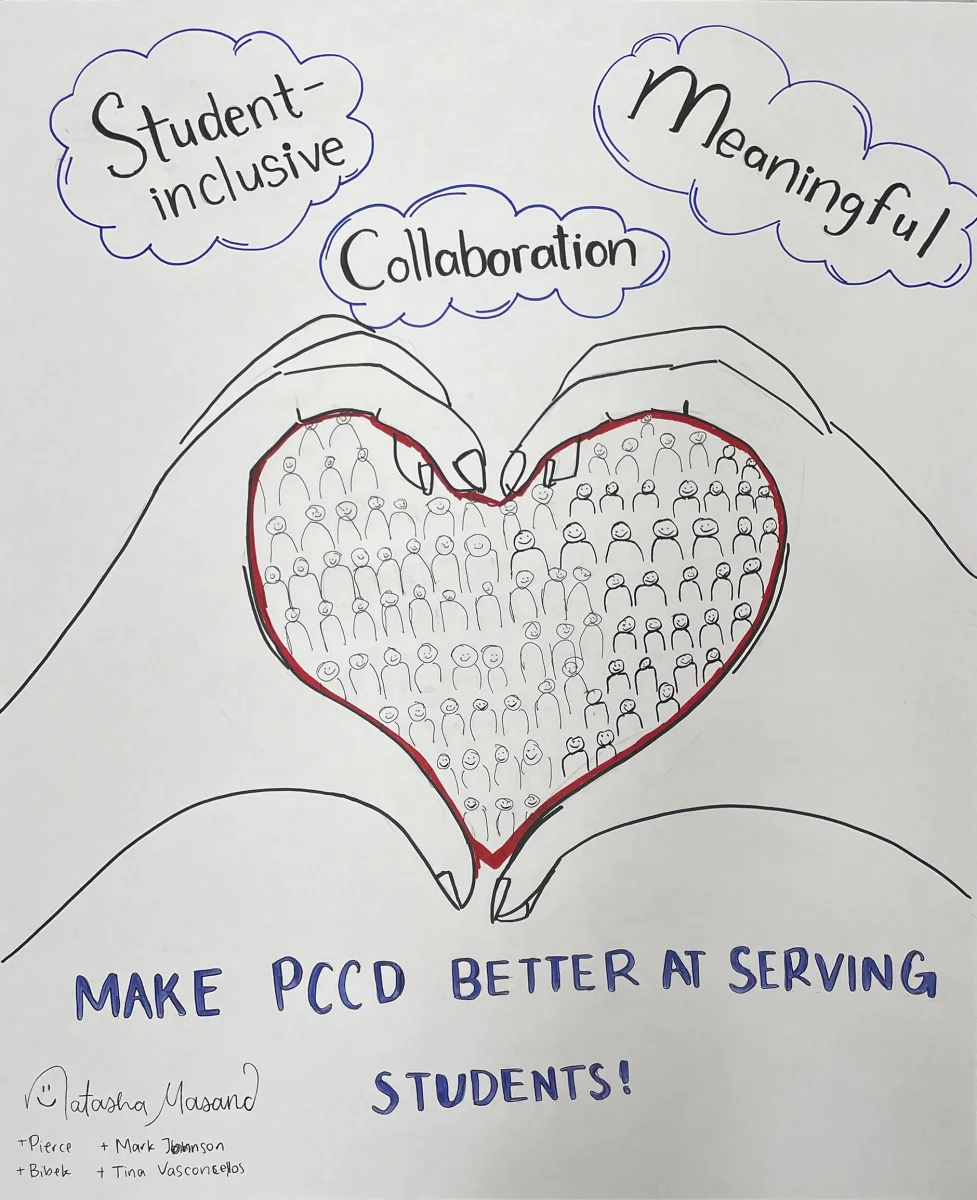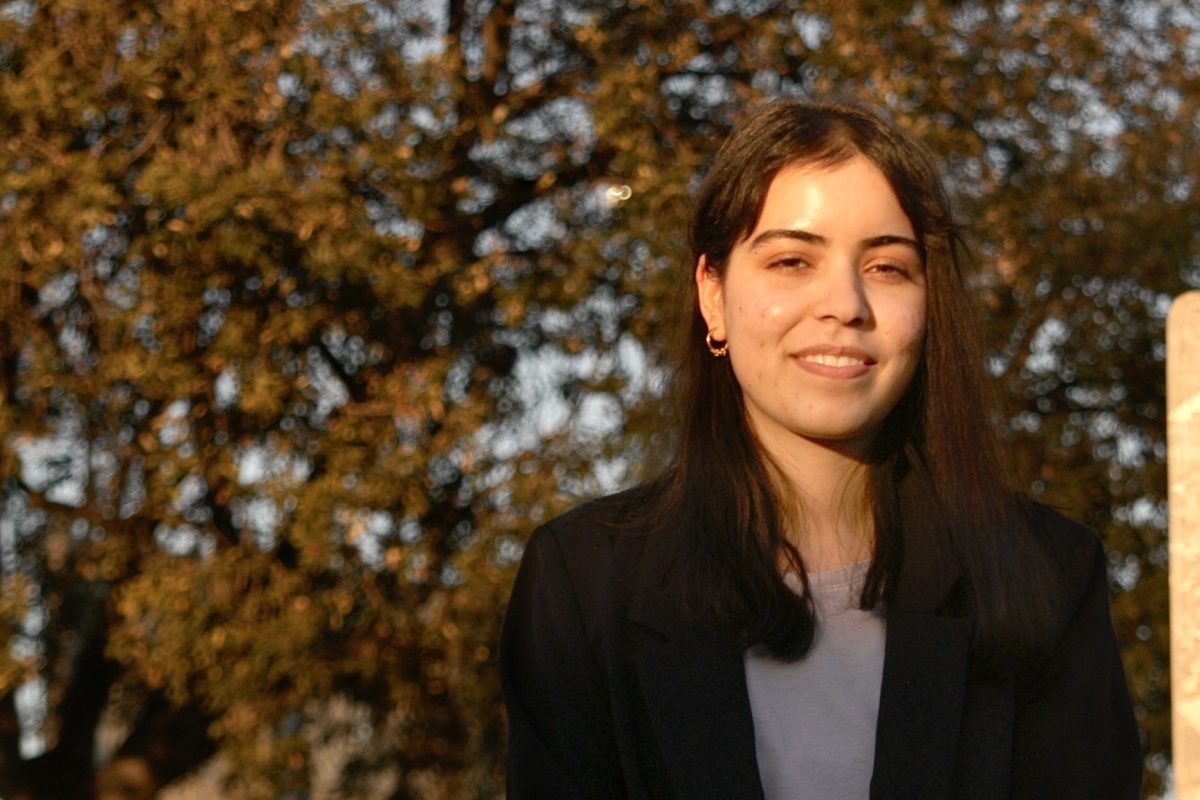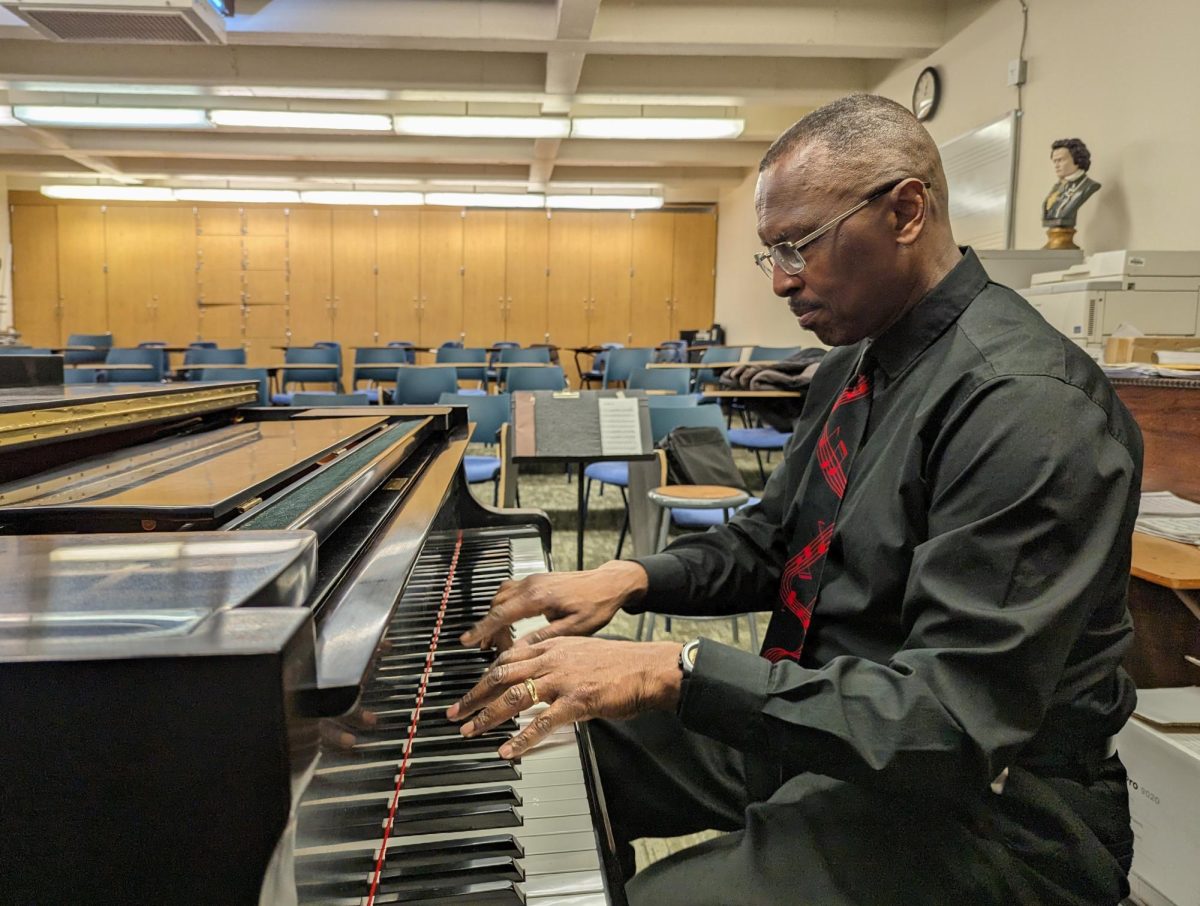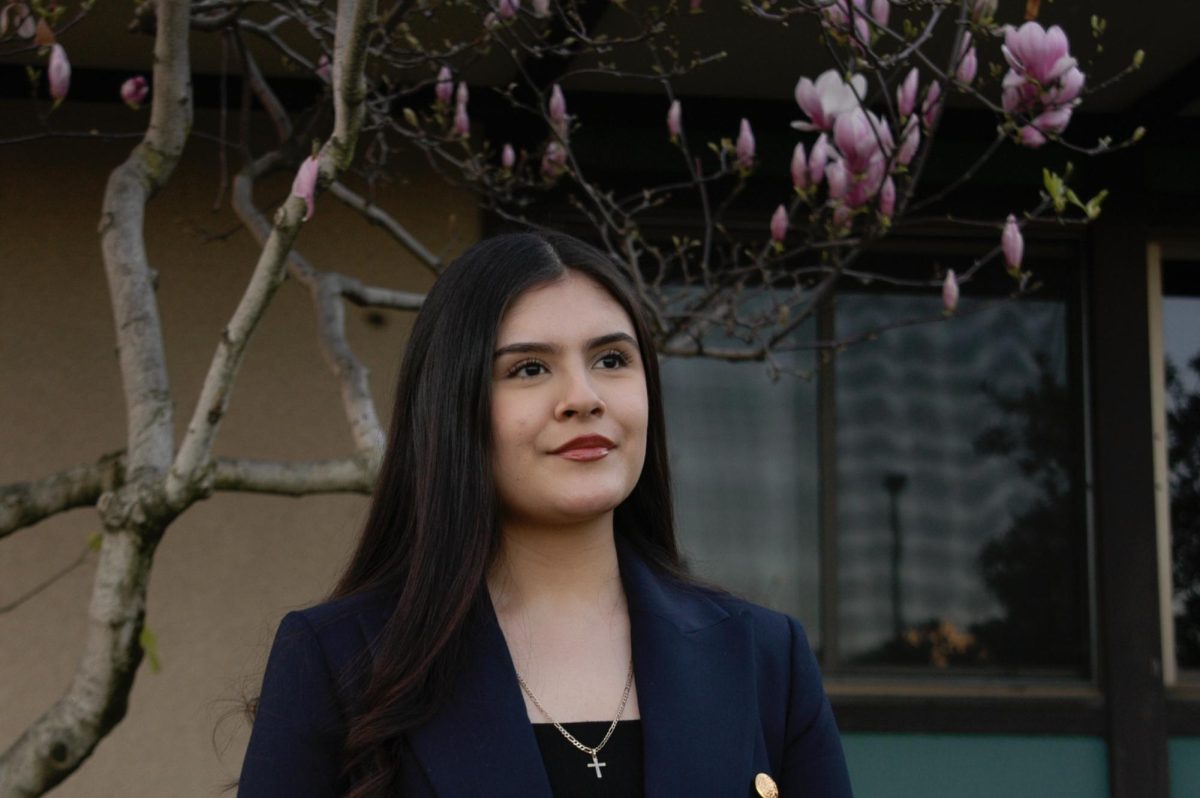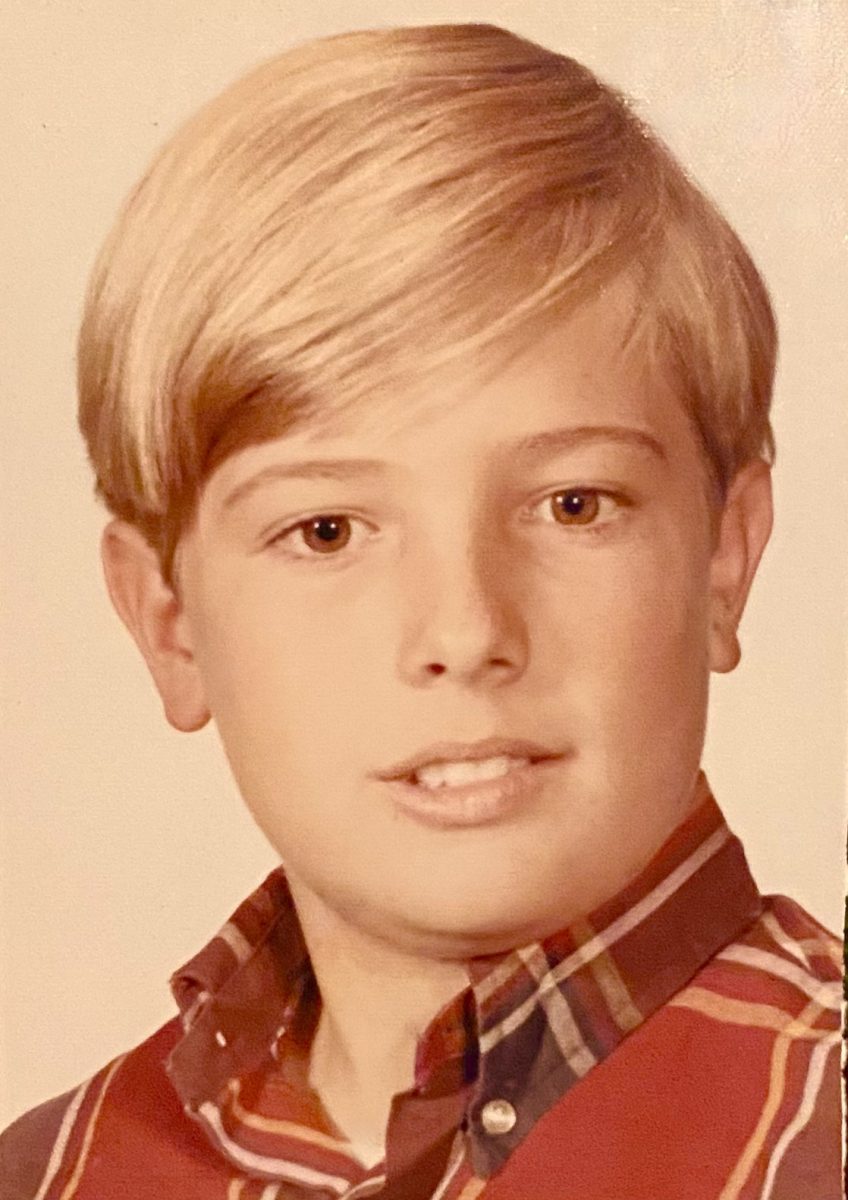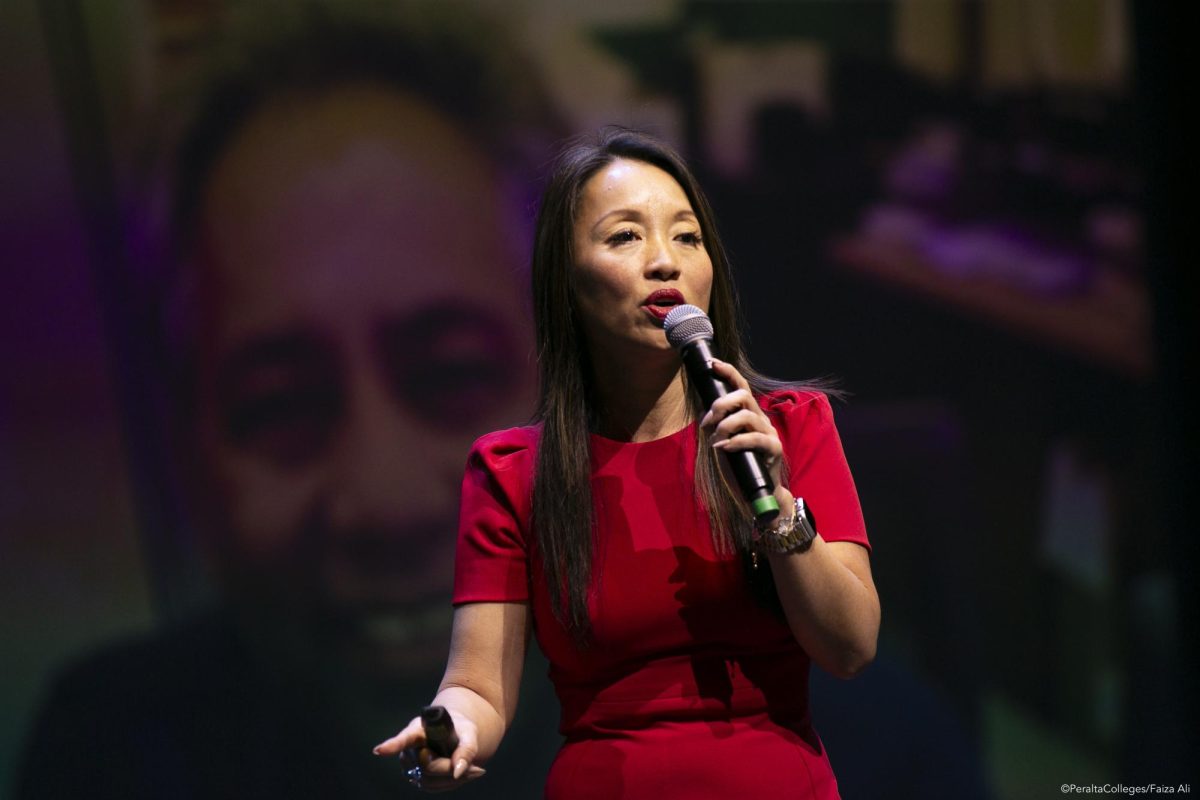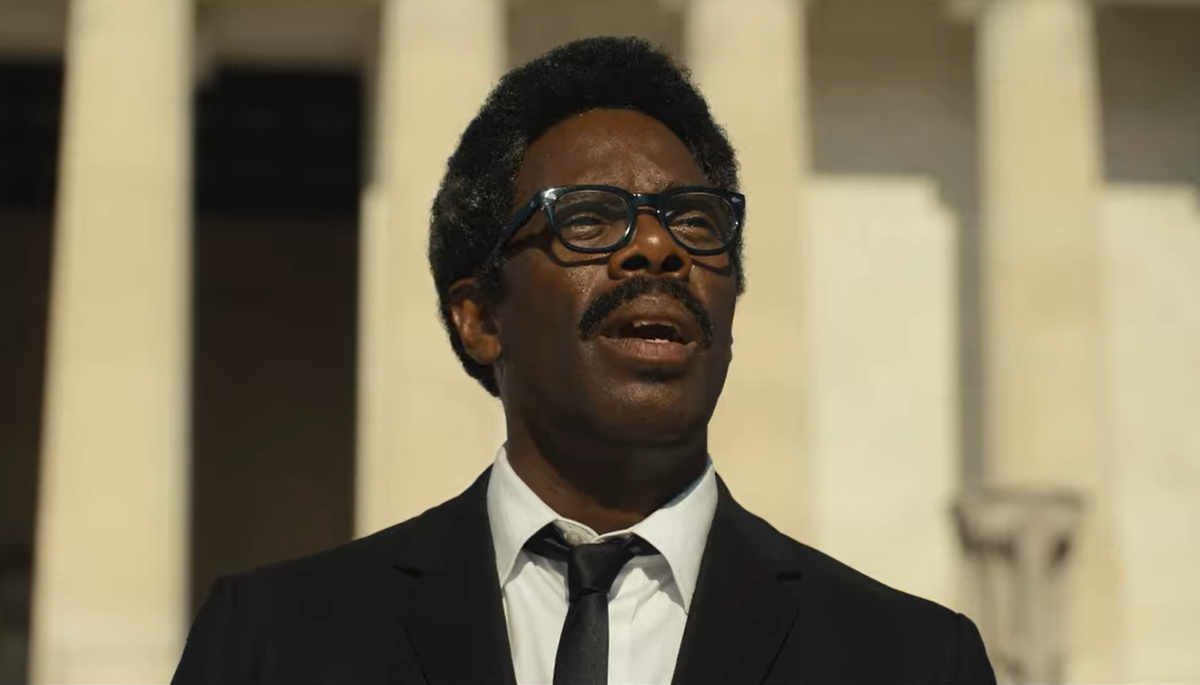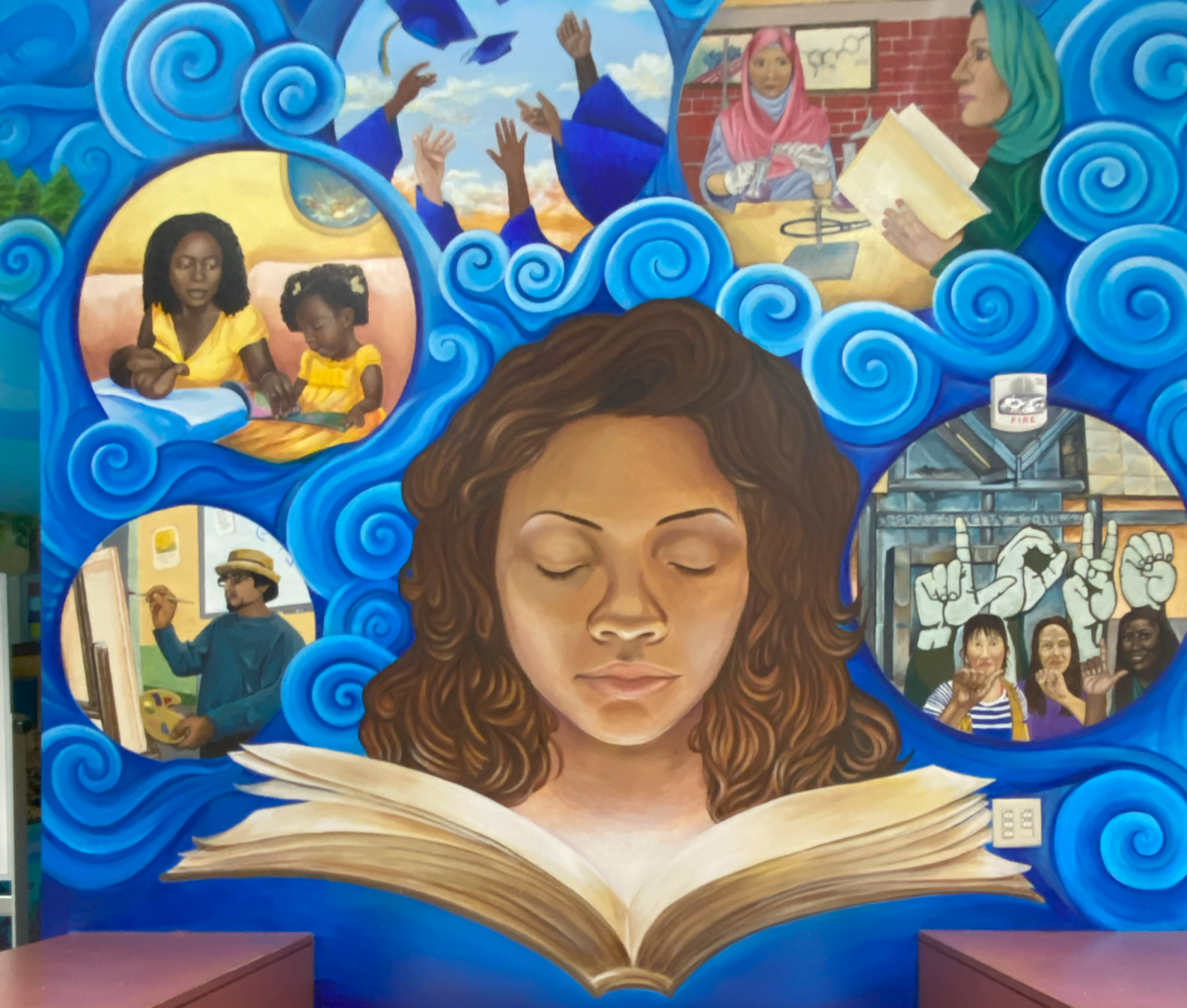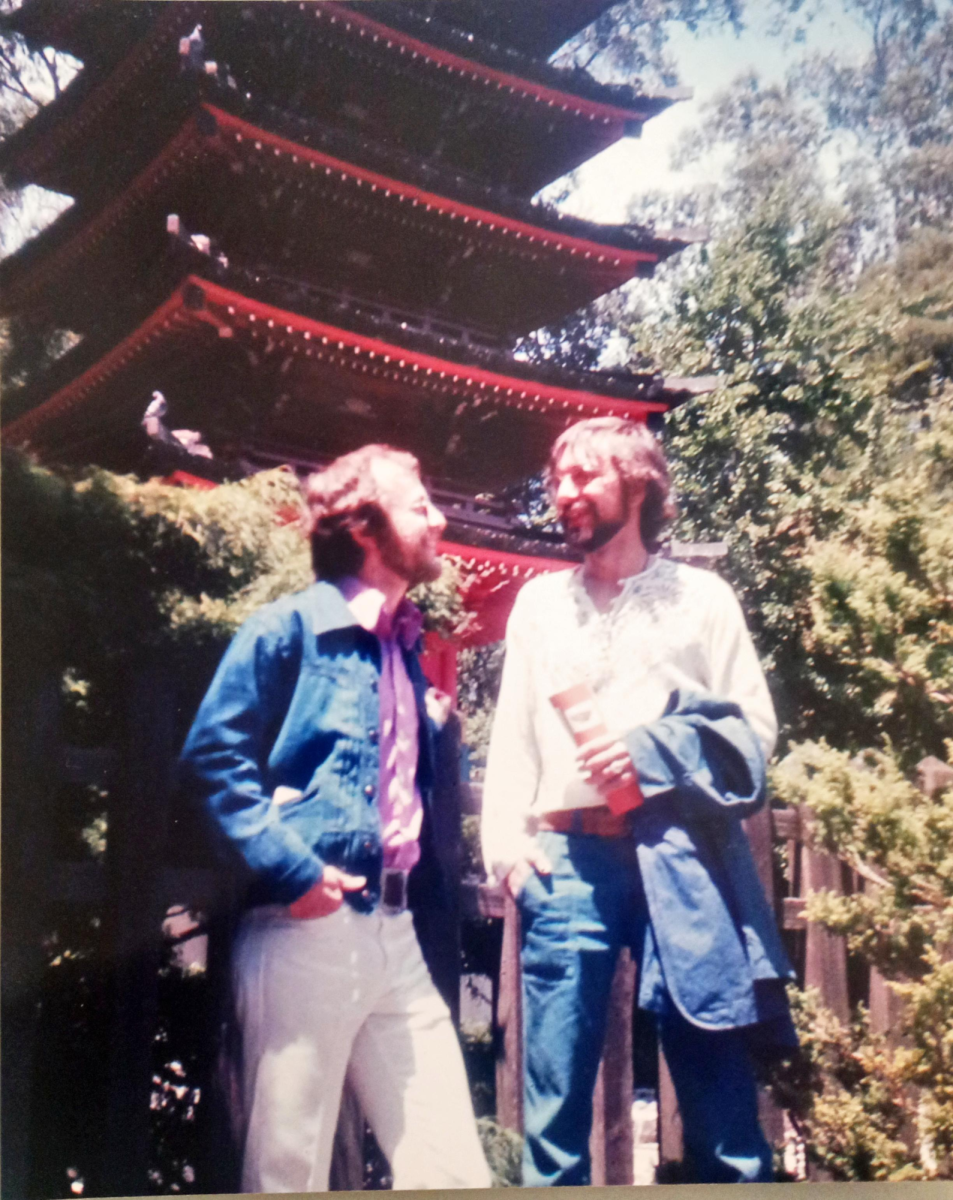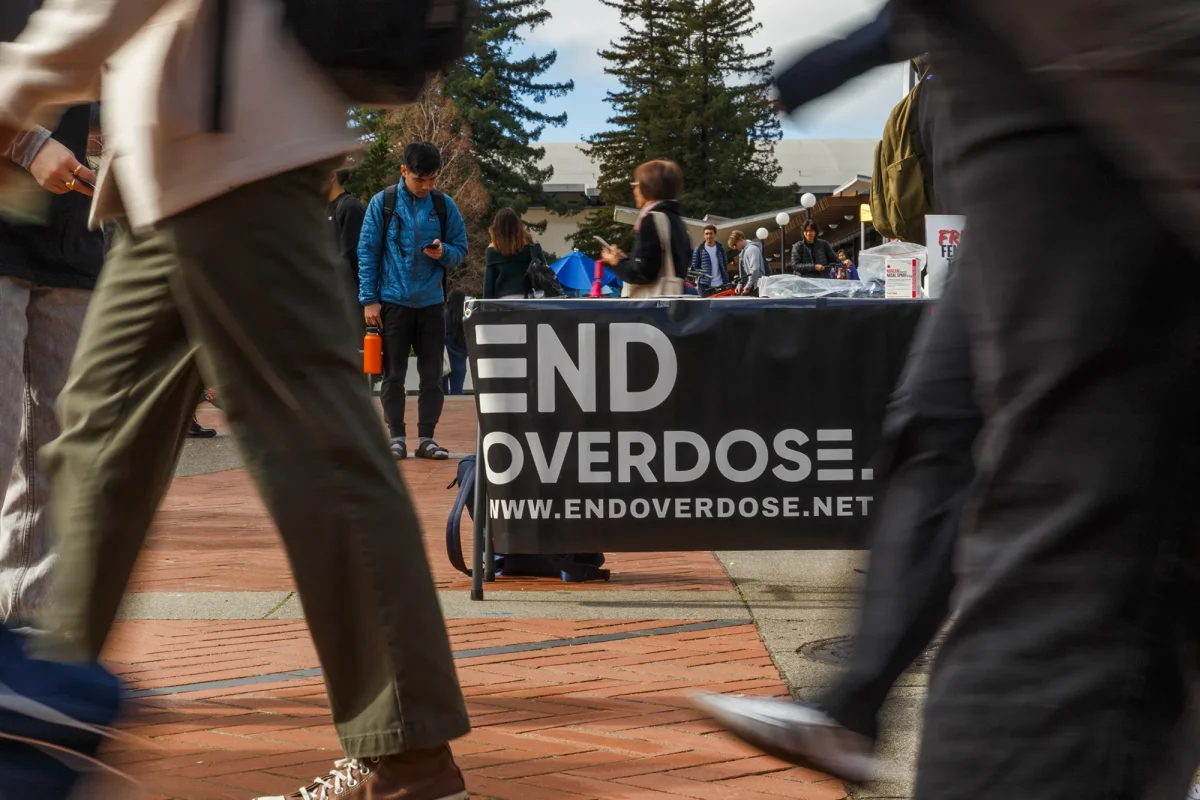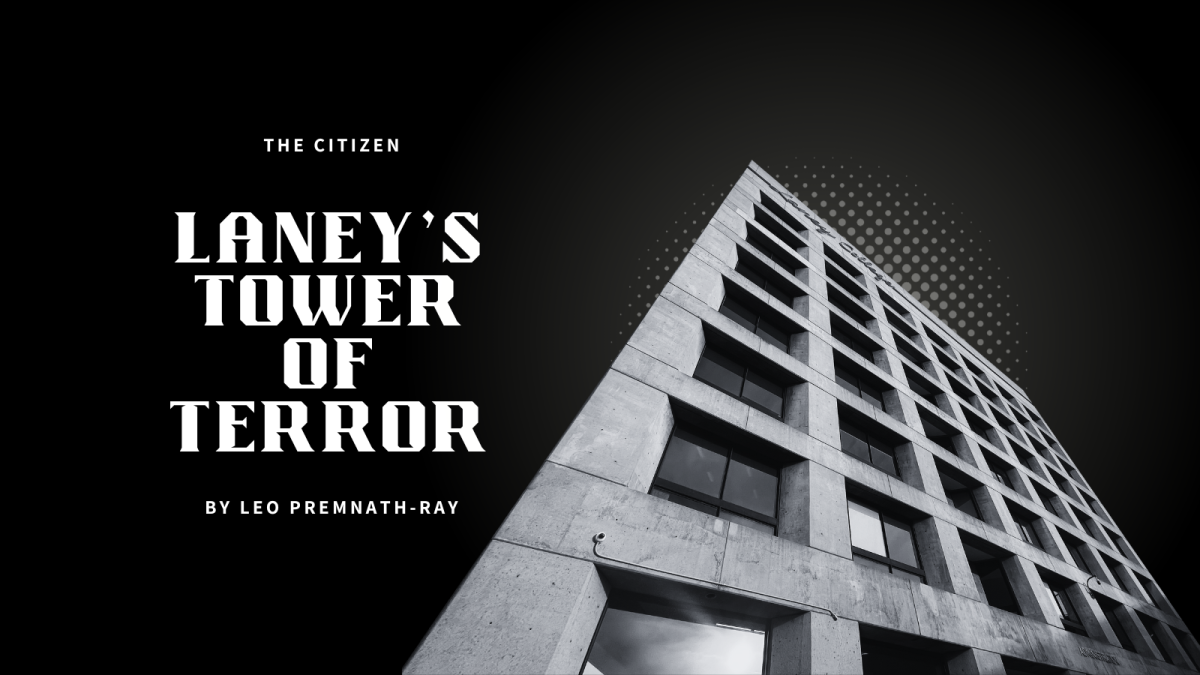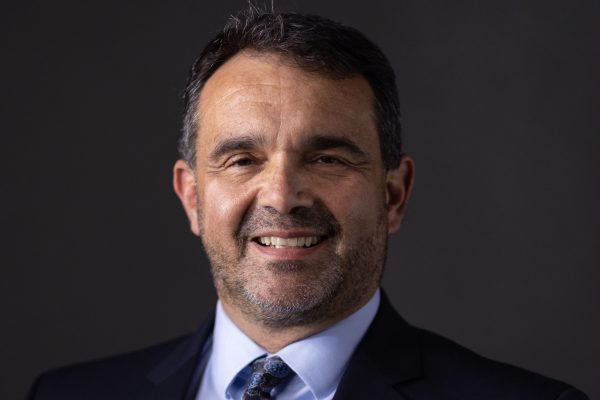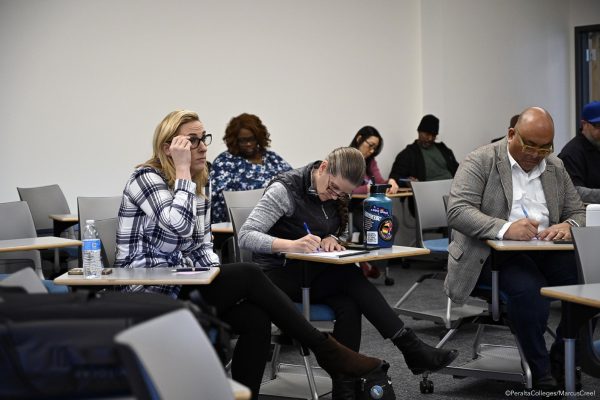Who will watch our watchmen?

A CITY DIVIDED — A CITY UNITED
AS THE NATION REELS FROM CONTINUED POLICE VIOLENCE AND CORRUPTION, THE BAY AREA COMES TOGETHER TO ASK: WHO WILL WATCH OUR WATCHMEN?
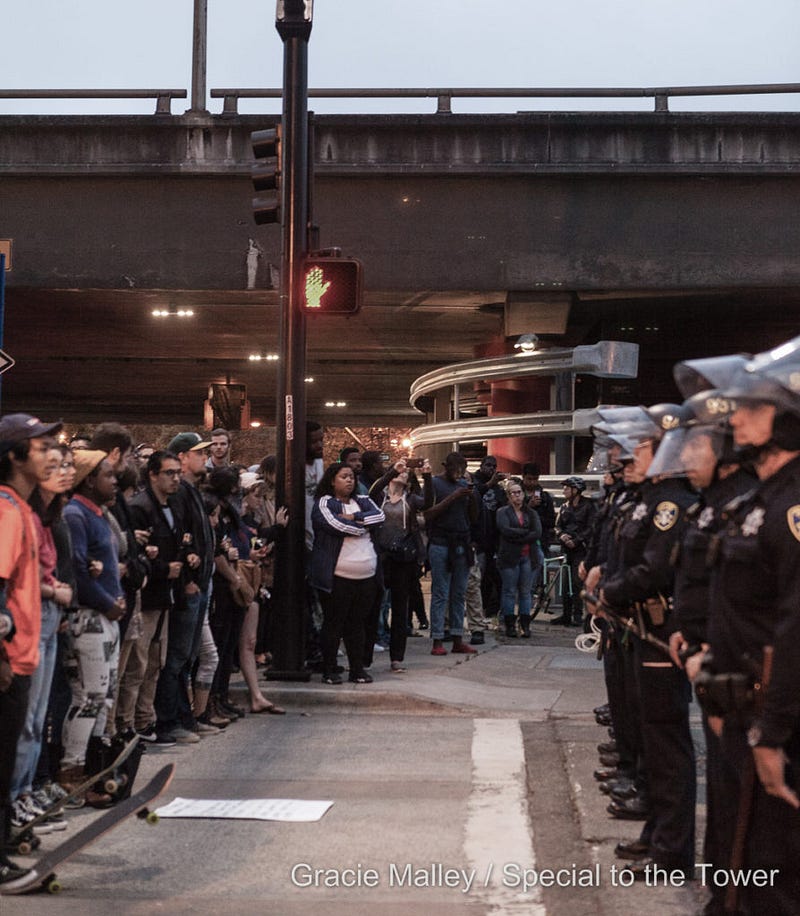
Within the span of one week in early July, the world watched two Black Americans die at the hands of police officers.
On July 5, Alton Sterling was shot and killed by police officers at close range while being pinned to the ground because he was selling CD’s outside a Baton Rouge convenience store.
On July 6, Diamond Reynolds used her smartphone to broadcast live on Facebook from the inside of her car as her boyfriend, Philando Castile, was shot by Minnseota police during a routine traffic stop.
On July 7, Oakland responded.
In the wake of Castile’s and Reynolds’s deaths, as well as a rape and sex trafficking scandal that rocked the Oakland Police Department (OPD) over the summer, a string of Oakland’s activist groups — including Live Free, the Anti Police Terror Project, and Frisco 500 — led protesters from downtown Oakland’s Oscar Grant Plaza to the front doors of OPD’s headquarters.
Splashed with red paint thrown at the building by the rally’s participants, OPD’s facade remained reddish despite the department’s attempts to clear the vandalism. The outline of the word “murderers” in what was meant to resemble blood remained on the wall for weeks.
But the damage to the credibility of the police force may be permanent for a city — and a nation — fighting for safety from those meant to protect them. ‘SHUT IT DOWN’
‘SHUT IT DOWN’
The protest — part of what was called the “Shut It Down Rally and Action” — featured speeches from residents across the Bay Area. The Rev. Ben McBride spoke as lead organizer, demanding justice, police accountability, and an end to police brutality.
At around 8 p.m., McBride led the protesters on a march to I-880, where the protest’s title rang true as they successfully shut down the freeway for hours.
During the I-880 blockage, protesters chanted “No Justice, No Peace!” Meanwhile, horn players began playing soulfully along with the chanting, as did drummers. The crowd danced and the music continued; the chants became “Whose streets? Our streets!” One protester brought a projector which displayed images of Alton Sterling and Philandro Castile.
Benjamin Peck, who was at the protest, said it felt like the protesters were “making the space their own.”
Peck said that after hours of blocking the interstate protest leaders announced that they had formulated a list of demands, one of which called for Oakland Mayor Libby Schaaf to address the crowd. Until these demands were met, the protesters did not intend to leave the interstate, and advised those who wished to join them to get blankets, food, and other supplies TO prepare for a long stay.
Ultimately, the protestors were moved off the freeway by OPD, with seven of the hundreds of protesters in handcuffs.
The Bay Area chapter of national activist movement Black Lives Matter has also been active in organizing local protests to call attention to the safety and security needs of cities like Oakland.
At another one of these protests, held on July 15, a black female protester spoke to a crowd in front of a long hand-made poster held by 10 or more young teenagers, which read: “Black Lives Matter.” She implored the police to do their jobs.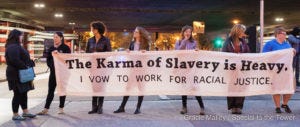 “We need you just as much as you need us for your paychecks,” she said.
“We need you just as much as you need us for your paychecks,” she said.
“There should not be 14-year-olds out here crying because they’re scared…that they’re gonna die. It don’t make no sense.”
Then, on July 21, protesters chained themselves with U-locks to the building of the Police Officers Association in downtown Oakland, calling for the city of Oakland to divest from the police department.
Prior to these protests, OPD invited Black Lives Matter Bay Area to host a BBQ together, as had been done in Wichita, Kansas.
Videos from the Wichita BBQ, featuring white police officers dancing with Black members of the community, have since gone viral.
In an interview with KTVU, Karissa Lewis, one of the protests’ organizers, said, “Yeah, so BBQs aren’t going to stop the brutality that Black folks are facing, a BBQ is definitely not going to stop this blockade. “As a radical Black farmer from East Oakland, I eat pigs, I don’t eat with them.” 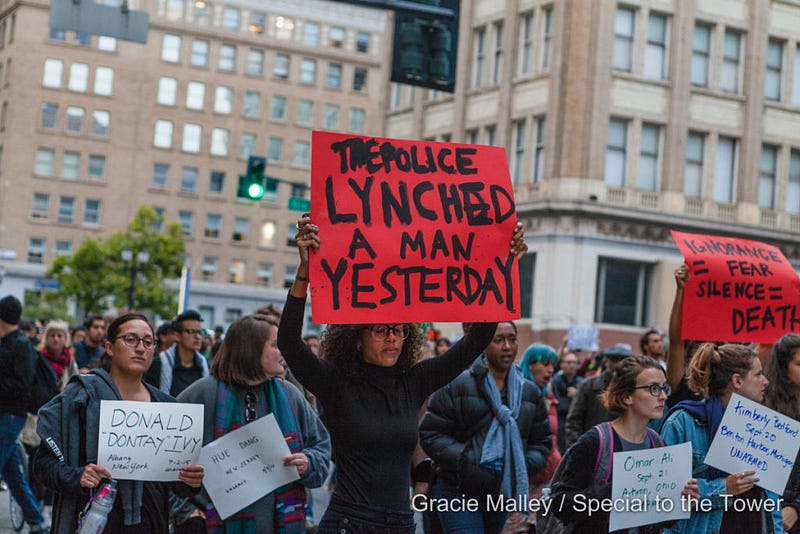
ABUSE OF POWER
Lewis’s feelings are not unjustified. The increasingly antagonistic relationship between police officers and the citizens they are meant to protect has worsened due to revelations like those uncovered by the East Bay Express over the summer.
The scandal began when Officer Brendan O’Brien committed suicide on Sept. 25, 2015. An investigation into his death uncovered a widespread sexual scandal involving several Bay Area policing agencies. His relationship with a local teenage sex worker ended his marriage, which he claimed drove him to suicide.
Within months, that sex worker, now 18, came forward under the pseudonym Celeste Guap. Based on her allegations, 14 OPD officers were implicated in sexual solicitation. She also said that at least three OPD officers had sex with her while she was 17, which is considered statutory rape. In total, 28 officers in Oakland and surrounding Bay Area cities are currently implicated in wrongdoing.
To be clear, Guap says she had sex with police officers of her own will, but there are multiple criminal activities involved. Besides the statutory rape by three different officers, Guap said some of the officers paid for her sexual services. Others, she said, revealed information about prostitution stings. In an interview with East Bay Express she stated, “I think cops are fine. They’re cute and all, but it’s like one less officer that’s gonna arrest me.” These acts could be considered sexual solicitation by coercion and are certainly a gross abuse of power.
All of the cases are still under investigation, and no one has yet been charged, though several people from various agencies have been placed on leave, or have resigned.
REVEALING STUDIES
Less than two weeks after the Express’s investigation was published, Stanford University released reports that showed alarmingly disproportionate arrests, citations, and stops of African Americans in Oakland by OPD. Tim Birch, of OPD’s Research and Planning division, explained that the release of these reports “in the midst of all the other OPD drama, it was kind of lost in the shuffle.”
The study was commissioned by OPD in May of 2014 and was meant to examine the race relations between OPD and the community it serves. After two years of research, Stanford’s SPARQ (Social Psychological Answers to Real-world Questions) published its findings on June 20, concluding that indeed there is cause for concern on this issue.
“In terms of race in Oakland and equity in policing,” Birch said, “we’ve got some serious issues.”
The report revealed that 60 percent of OPD stops were of African Americans, though only 28 percent of Oakland’s population is African American. “Across our research programs, we indeed uncovered evidence that OPD officers treat people of different races differently,” the executive summary of the report stated. “At the same time, we found little evidence that these racial disparities arose from overt bias or purposeful discrimination. Instead, our research suggests that many subtle and unexamined cultural norms, beliefs, and practices sustain disparate outcomes.”
Some Laney students weren’t surprised. “It feels like they really don’t train ’em correctly,” said Rajah, a Laney student who declined to state his last name.
“It feels like they need to teach them or make them take classes of like, sociology, and like something else, so they can start really thinking like mentally, you know, socially.”
Jasmine Randle, another Laney student, agreed. “They train for six months… it takes you six months to get a badge and a gun, six months — that’s it,” she said.
“It’s just all about training,” Rajah added. “If you really train ’em like physically and mentally, and like trying to make them realize like, I mean, what’s good and what’s bad.”
Birch doesn’t disagree.
“We’re on the verge of setting up bi-weekly internal meetings to speak specifically about community trust and relationship building,” he said, “and underlying that is being able to deal with race and equity as one of our most serious issues.”
WATCHING WATCHMEN
A renewed and overdue attention to these issues has been a direct result of a stark rise in media coverage of police brutality nationwide.
But that coverage would not be possible without the work of citizens armed with video cameras and smartphones, who often put themselves at risk in order to get video evidence of police violence and murder.
On July 6, from phones and computers across the world, people saw through Diamond Reynolds’s eyes. What she — and millions of viewers — saw was unforgettable.
“Stay with me.”
These are the first words viewers hear. Reynolds says this to her boyfriend in the seat next to her.
A large amount of blood seeps onto his white shirt as his hand curls and drops from his chest. His head is back: he is moaning, slumping over the side of the seat.
She tells the camera what’s happened: they were pulled over for a broken taillight. Castile was licensed to carry a gun. The officer asked for Castile’s I.D. Castile informed the officer that he had a licensed gun, but that he was going to reach for his wallet. He reached for his I.D., and the officer shot him in the arm.
The officer tells Reynolds to stay where she is.
“I will, sir,” she says.
The officer’s voice is shaky, clearly distressed. He screams “Fuck!” but does not lower his gun — it is still aimed at Castile, outside the passenger window. “I told him not to reach for it! I told him to get his hand up!”
“You told him to get his I.D., sir and his driver’s license,” Reynolds says. “Oh my god, please don’t tell me he’s dead. Please don’t tell me my boyfriend just went like that.”
The officer tells her to keep her hands where they are.
“Yes, I will, sir,” she says. “I’ll keep my hands where they are.” Then she says: “You shot four bullets into him, sir.”
Backup arrives, and another officer orders Reynolds to exit the car with her hands up. She complies, and then asks, “Where’s my daughter, you got my daughter?” Her four-year-old daughter has been in the backseat the entire time.
The officers order her to walk backwards towards the officers, to get on her knees, and the phone is tossed to the ground, camera aimed toward the sky. The sound of handcuffs can be heard. Reynolds calls out: “They threw my phone, Facebook.”
Then there are the sounds of sirens along with Reynolds’ prayers that this is not happening, that her boyfriend isn’t dead.
Her prayers quickly escalate into heartbroken howls, begging, “Please, no!”
After a few minutes, Reynolds gets her phone back. The first thing we see after those minutes of sky, and then black, is her daughter, getting into the backseat of a police car, where her mother is already sitting.
As Reynolds begins to sob, her daughter says, “It’s okay, Mommy. It’s okay, I’m right here with you.”
Again, Reynolds recounts the details of what happened, and asks for friends to come to her assistance. “I’m at Larpenteur and Fry, and the Roseville police just shot my boyfriend,” she says. “I’m gonna need a ride home.”
Reynolds used Facebook Live to share the fatal injustices of that harrowing day. Facebook Live, Periscope, and other live-streaming tools now make it possible for the average smartphone user to broadcast their experiences of injustice.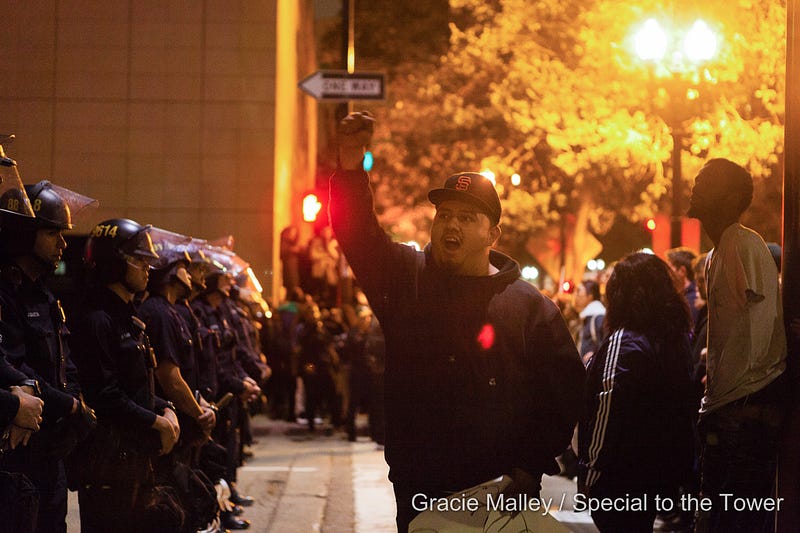 Just two years ago, before these technologies were readily available, recording video footage on a cell phone meant running the risk of having it deleted before it could be uploaded to social media.Videos were also less credible, since a user could tamper with footage that wasn’t shot live.
Just two years ago, before these technologies were readily available, recording video footage on a cell phone meant running the risk of having it deleted before it could be uploaded to social media.Videos were also less credible, since a user could tamper with footage that wasn’t shot live.
Now, activists are harnessing the power of these technologies to attack issues of police brutality and accountability head-on. One such organization is called Berkeley Copwatch: they’ve used video footage to attempt to keep their police department honest since March of 1990.
At the time of the organization’s founding, Andrea Pritchett, Danielle Storer, and Suzane Pegas were in their early 20s; now, with a network of volunteers they have been surveilling the Berkeley Police Department for almost 30 years. The footage collected by the organization has been used in probation hearings, Police Review Commission hearings, and criminal trials.
Using police scanners, and prioritizing their city, these volunteers are regulating police activity. They make their presence known to the police officers so that “we don’t make them nervous and jeopardize the safety of the person being stopped, Pritchett explains. “And… so that the officer can decide to act in accordance with the law and departmental policy since they know it is being recorded.”
When asked if she had advice for people who wish to watch the cops in their own city, Pritchett said: “Work as part of a group. Don’t do it alone. Learn about the policies of your own town or city. Practice non-violence and assert your rights as expressed in the Bill of Rights.”
Berkeley Copwatch meets at least twice a month and invites community members to join them in a copwatching shift.
For the third year in a row, they will also be teaching a course at UC Berkeley called “Copwatch: Community Based Police Accountability”.
The course is open to the public and will meet on Tuesdays from 5:00 p.m. to 6:30 p.m. in room 234 in Dwinelle Hall. They can be reached at [email protected]; for more information about the course, email [email protected].
Other resources are out there for citizens interested in policing the police. Occupy Oakland’s website suggests downloading the Police Scanner 5–0 app and offers a legend for the many police code numbers and words heard on the scanner.
These organizations and others like it grant members of the Bay Area community access to a grassroots effort to enact change.
Interest in direct action like this has spread across the Bay Area. Laney student Damon Randle said he’d be more than willing to give up free time to do things like this.
He brought up Guap’s story, the many officers and deputies involved, and the quiet resignations that ensued.
“I’d watch cops,” said Randle, “I’m not afraid.”
Randle — and Oakland itself — won’t be alone. Through protest, direct action, and community policing, the city and its neighbors are proving that safety and security aren’t unattainable — that if police officers won’t serve and protect, then Oakland’s citizens will do the job for them.
YOU HAVE THE RIGHT to be in a public place and observe police activity.
IF THE POLICE STOP ANYONE:
- Stop and watch.
- Write down officers’ names, badge numbers, and car numbers.
- Write down the time, date, place of incident, and all details.
- Ask if the person is being arrested, and if so, on what charge.
- Get witnesses’ names and contact info.
- Try to get the arrestee’s name, but only if they already gave it to the police.
- Document any injuries as soon as possible. Photograph them.
from the Berkeley Copwatch Pocket Guide

